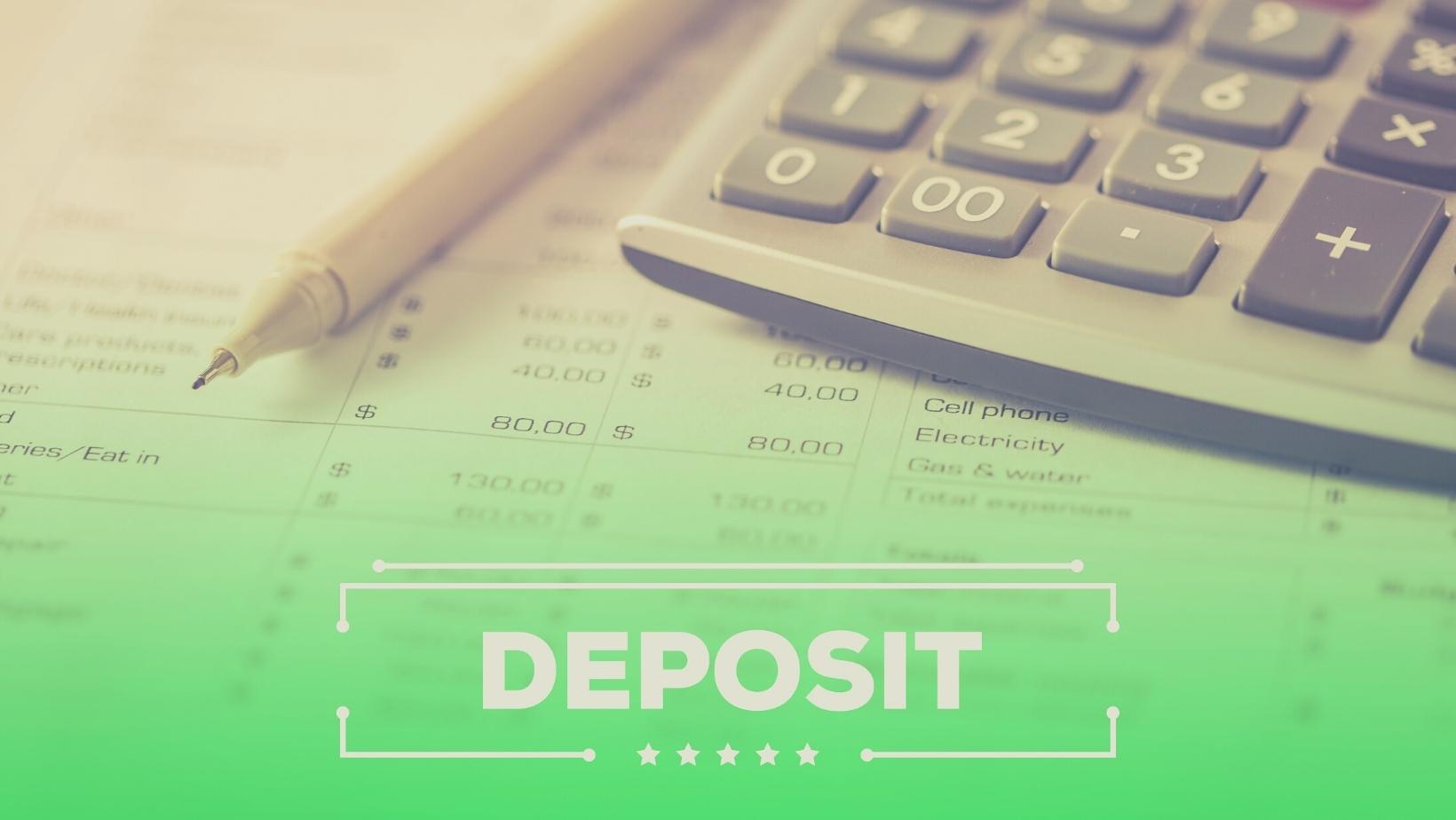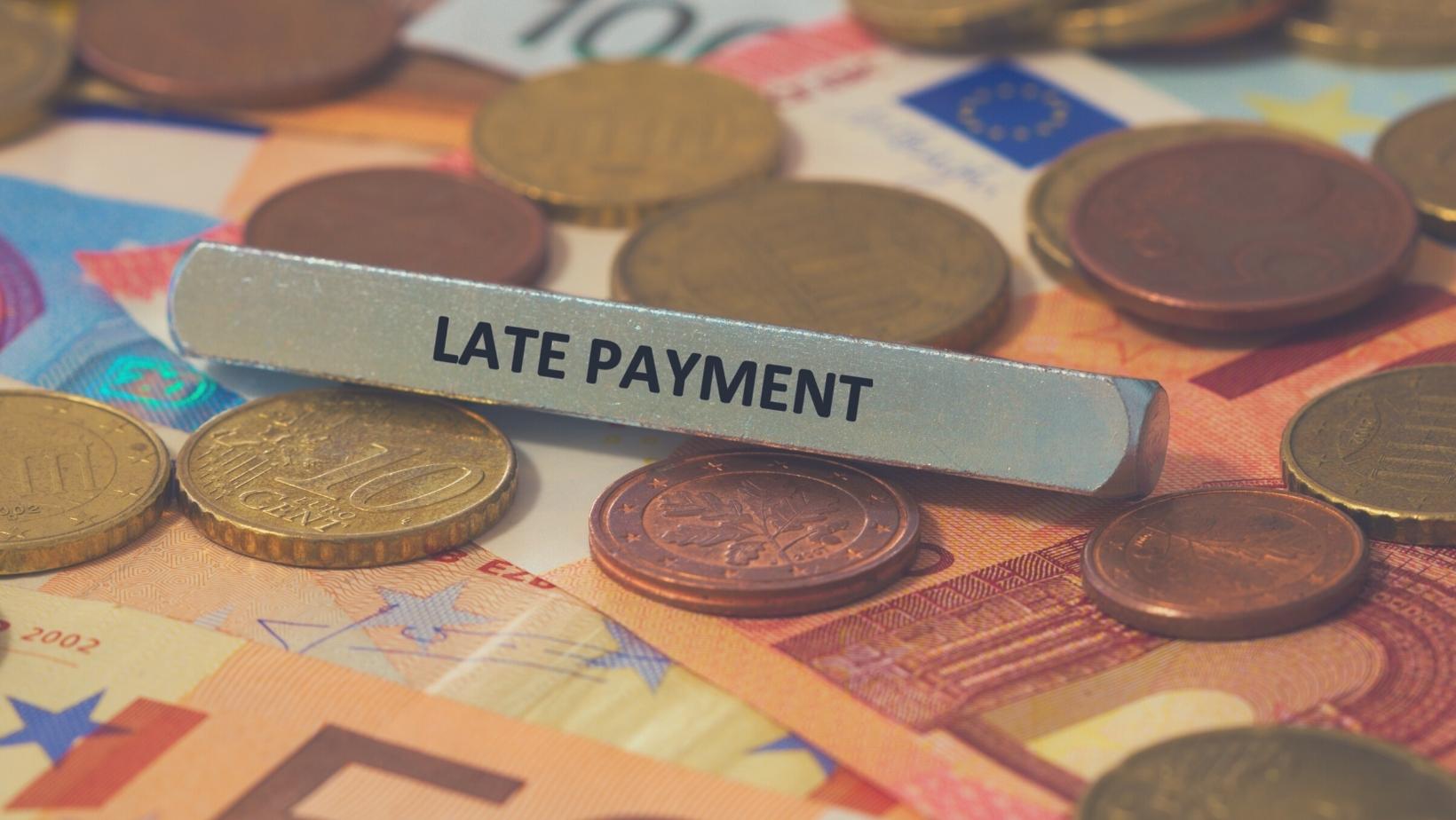The Sole Trader’s Small Business, and Self-Employed Freelancer’s Guide To Getting Paid On Time

Do your customers have a bad habit of ‘forgetting’ to pay their bills?’
As a sole trader or self-employed entity, you simply can’t afford to have bills outstanding. You will need to ensure that you have a continual cash flow so you can rest assured you can pay your own bills on time and have enough money to run your business and support your lifestyle.
However, there are always those customers who don’t seem anywhere near as keen to pay their bills as they were to secure your services in the first place. Fortunately, there are some basic steps you can take to keep on top of invoices and ensure they are paid in a timely manner.
Here’s how you get paid on time as a sole trader, freelancer, or small business.

PUT A CONTRACT IN PLACE
A contract establishes legitimacy and is a must-have for all sole traders, small business owners, and self-employed freelancers. The following should be included in your contract:
- Scope and project specifics — this includes the format in which the milestones should be delivered, as well as specific information and modifications.
- Deadline
- Charges (include deposits and late fees)
- Payment terms – how long until your invoice is due for payment; most freelancers choose ‘within 30 days,’ but you may specify shorter or longer payment terms in accordance with your needs.
- Method of payment
Before you press the send button, read through the contract with your customer to make sure you’re both on the same page. To make it official, ask the customer or client to sign the agreement. This way, you’ll have the original terms to refer to if they decide to ‘lose everything in their email.’
If you’re afraid of creating a freelancing contract from scratch, there are several templates available online to assist you. Do a quick search on Google to find something that meets your needs.
REQUEST AN UP-FRONT DEPOSIT
Charging a deposit up advance shows you’re serious about being paid for your work and gives some protection for both you and your customer; it’s also extremely typical across many sectors, so don’t worry about scaring off a potential client.
Depending on your relationship and the nature of the job, deposits often range from 30% to 50%. Include the deposit and payment information in your contract, and don’t begin any work until the money is received.

IMMEDIATELY SUBMIT THE INVOICE UPON COMPLETION OF WORK
Make sure you email your invoice as soon as the task is finished. The sooner it reaches the customer’s inbox, the faster the money starts rolling in. If your gig is project-based, it’s ideal to send the invoice as soon as the final product is delivered; if it’s hourly, you’ll need to figure out how frequently you’ll be invoicing. Invoicing on a weekly or fortnightly basis is a secure bet, especially if you want to keep the money coming in.
SEND AN EMAIL FOLLOW-UP
Oh, the dreaded email that says, “I’m just following up on my invoice.” You don’t have to wait for your customer to suddenly recall they owe you if you haven’t gotten money or if your client has ghosted you. They’re unlikely to proactively pay you. It’s entirely OK to send a courteous reminder if the deadline has passed. If another week goes by without a response, it’s time to follow up again, perhaps with a phone call this time.
GET AN ACCOUNTING APP
Purchase or download an accounting app to help you keep track of your bills and reminders, allowing you to see exactly what invoices are due and what invoices are overdue, so you know who to contact and when.
Many of the accounting apps that are currently available on the market are jam-packed with features to make accounting simple, fast, straightforward, and stress-free for sole traders, freelancers, self-employed, and small businesses. Making invoicing and quoting simple means you can be paid faster and more easily. Features that the apps typically include are invoicing, supplier and client management, financial monitoring, revenue and expenses, and more. You can download many accounting apps instantly, and some even offer free trials so you can get to grip with the features before making a purchase decision.

CHARGE A LATE PAYMENT FEE
Charging a late payment charge is one technique to prevent clients from being late with their payments.
Typically a late payment fee will take the form of an additional interest charge for each period of time a bill remains unpaid. The interest rate you are charged by your bank for any overdrafts may be a good place to start. Multiply the daily late payment cost by the number of days the invoice is past due, then add the compensating fee to arrive at the total fees.
Total fees = daily late payment cost multiplied by the number of days past due + compensatory fee.
Details of the interest rate you will charge for late payment should be included in the contract or agreement you drafted at the start of the project, so the customer cannot claim ignorance when the fee is assessed. It’s amazing how quickly customers pay overdue invoices when they realise they are incurring additional fees.

STOP WORKING WITH CLIENTS WHO DON’T PAY BILLS
Sometimes, you have to be prepared to walk away. As a freelancer, you may feel as if you require all clients at times. Clients of any kind. After all, isn’t a late payment still a payment? In some cases, every dollar may count. But there are instances when the worry, the inconvenience, or the time spent following down emails or on the phone is simply not worth it.
If you have a customer who is a serial offender, it’s time to politely let them go. Put your efforts into something else, like finding a new customer who will pay their bills on time and understand the importance of helping you keep on top of your cash flow.
DON’T FORGET:
If you’re planning to run a business as a sole trader or freelancer, you’ll need to get Sole Traders Insurance. Tradies insurance is a type of commercial insurance that protects you against the dangers and risks of operating in a craft. It covers legal expenditures, as well as work-related equipment and tools and incidents involving you or another employee at various levels.



